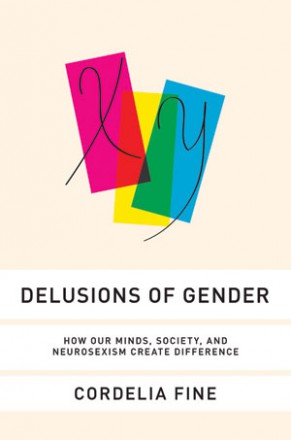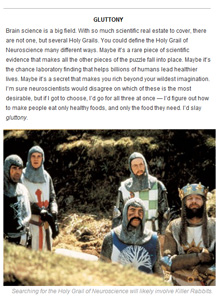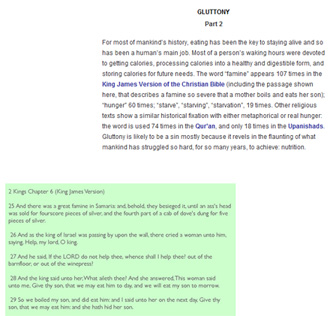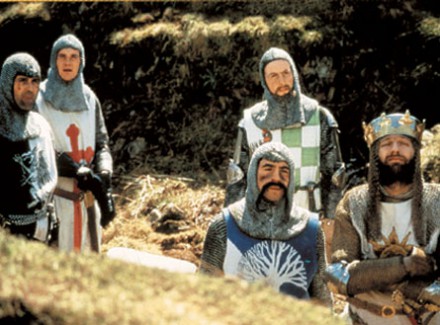Psychologists have known for a long time what seems pretty obvious intuitively: that given two routes to achieve the same reward, a person will take the easier path.
For example, if you were to ask a person to walk a mile to get a thick, juicy steak or ask them to walk two miles to get the same thick, juicy steak, it’s pretty obvious that most people would take the easier way to the food.
This has been codified as the Law of Less Work:
If two or more behavioral sequences, each involving a different amount of energy consumption or work, have been equally well reinforced an equal number of times, the organism will gradually learn to choose the less laborious behavior sequence leading to the attainment of the reinforcing state of affairs. — Clark Hull, Principles of Behavior (1943)
By analogy, and probably by common sense as well, it seems likely that we do the same with mental work as well.
However, it’s not that easy to make the leap.






